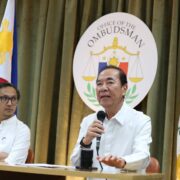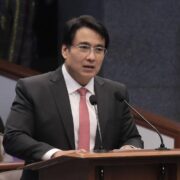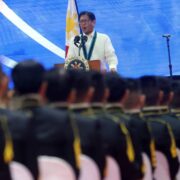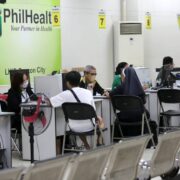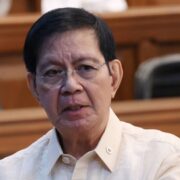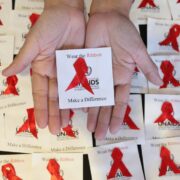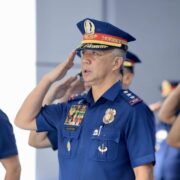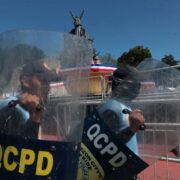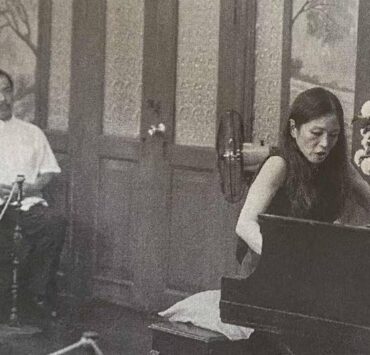Art as activism in a vibrant Baguio festival
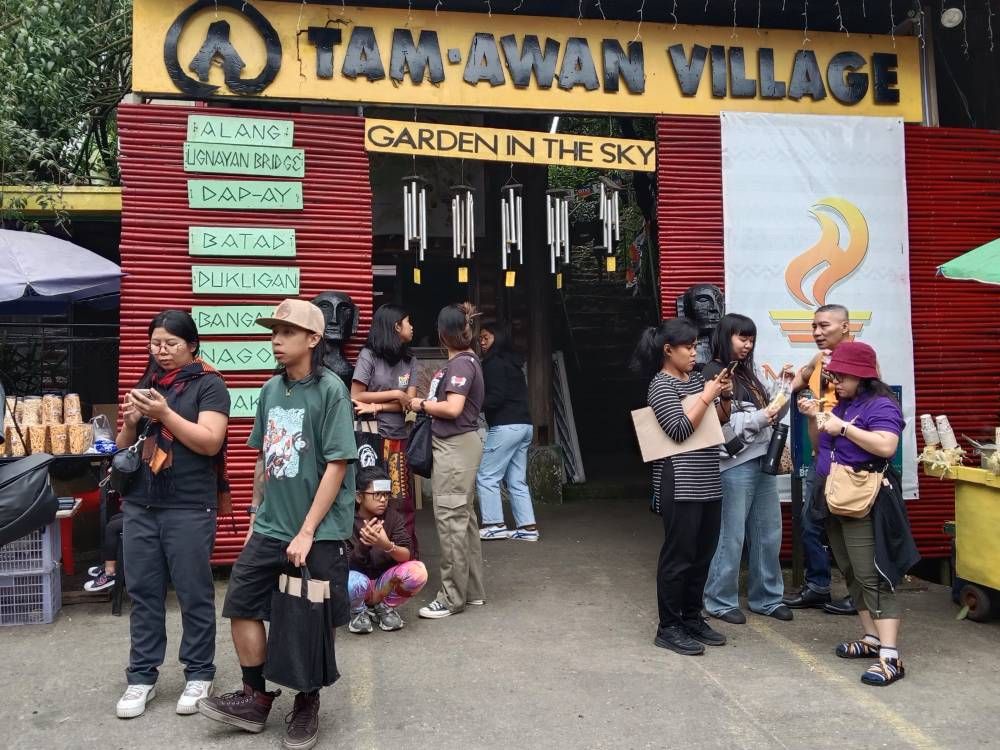
“The arts have the power to bridge generations, strengthen identity, and nurture pride in our heritage,” said Victorino Mapa Manalo, chair of the National Commission for Culture and the Arts (NCCA), in a message read before the recently-concluded Tam-Awan International Arts Festival in Baguio City.
Pointing to October as Museums and Galleries Month, Manalo said, “our galleries, whether they stand in cities or grow organically in cultural villages like Tam-Awan, are sanctuaries of memory and imagination.”
“They are spaces where the past and present converge – where the young and the old come together to share their stories,” he added.
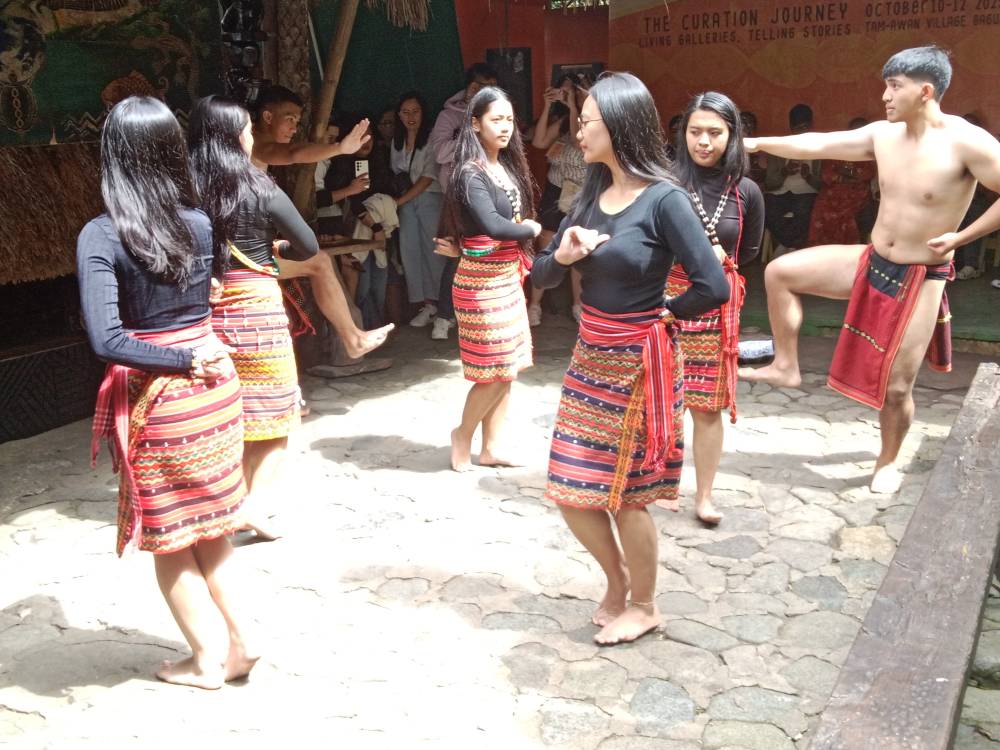
From north to south
The Tam-Awan festival is a project of the NCCA with Baguio’s indigenous Chanum Foundation. The theme this year is “Living Galleries, Telling Stories.”
The annual gathering brought together hundreds of artists, curators, and cultural workers from north to south.
Printmaker Jordan Mang-Osan, who heads the host Chanum Foundation, said the goal of the festival is “to ensure that the arts, heritage, and culture continue to illuminate the world. We aim to make arts and culture accessible to a broad public while fostering connections among artists, communities, and the environment.”
The festival was partly a family affair, as some parents brought their babies and little children along. For three days, the captivating sounds of the Ibaloy gongs resounded throughout the neighborhood of the Tam-Awan Village as young and personable dancers (Indigenous college students from the Baguio universities) clad in tribal finery performed in the assembly area, arms flung out, hands moving gracefully, with fancy footwork and hips moving to the rhythm of the clangor.
Each number represented a different province in the region, and as NCCA official Renee Talavera put it, “each performance has a story to tell.”
Some in the audience jammed with the dancers, while others just opted for the obligatory photo ops.
Visual artists sketched or did watercolors. There were also rituals, exhibits, and performances in the city’s malls, along with meetings, lectures, and talks on how the government can help artists, problems in gallery curation, copyright laws, and the role of artists in history.
Deepening communication
In an informal lecture, lawyer Trixie Angeles, who specializes in culture and arts law, said artists have changed.
“They are the first to detect if there is something wrong (in society). They feel something has to be changed. They put in ideas, they reflect,” she pointed out.
“Art should deepen communication. Art is a mirror of society, the arts react to developments in society. It is not possible for art to exist outside the social and political milieu,” she added.
“We see the artist as activist, the prime example being Rizal. And there was Damian Domingo, who painted. We need more people to study the past.”
And she challenged the audience, most of whom were young artists: “What kind of an artist are you?”




